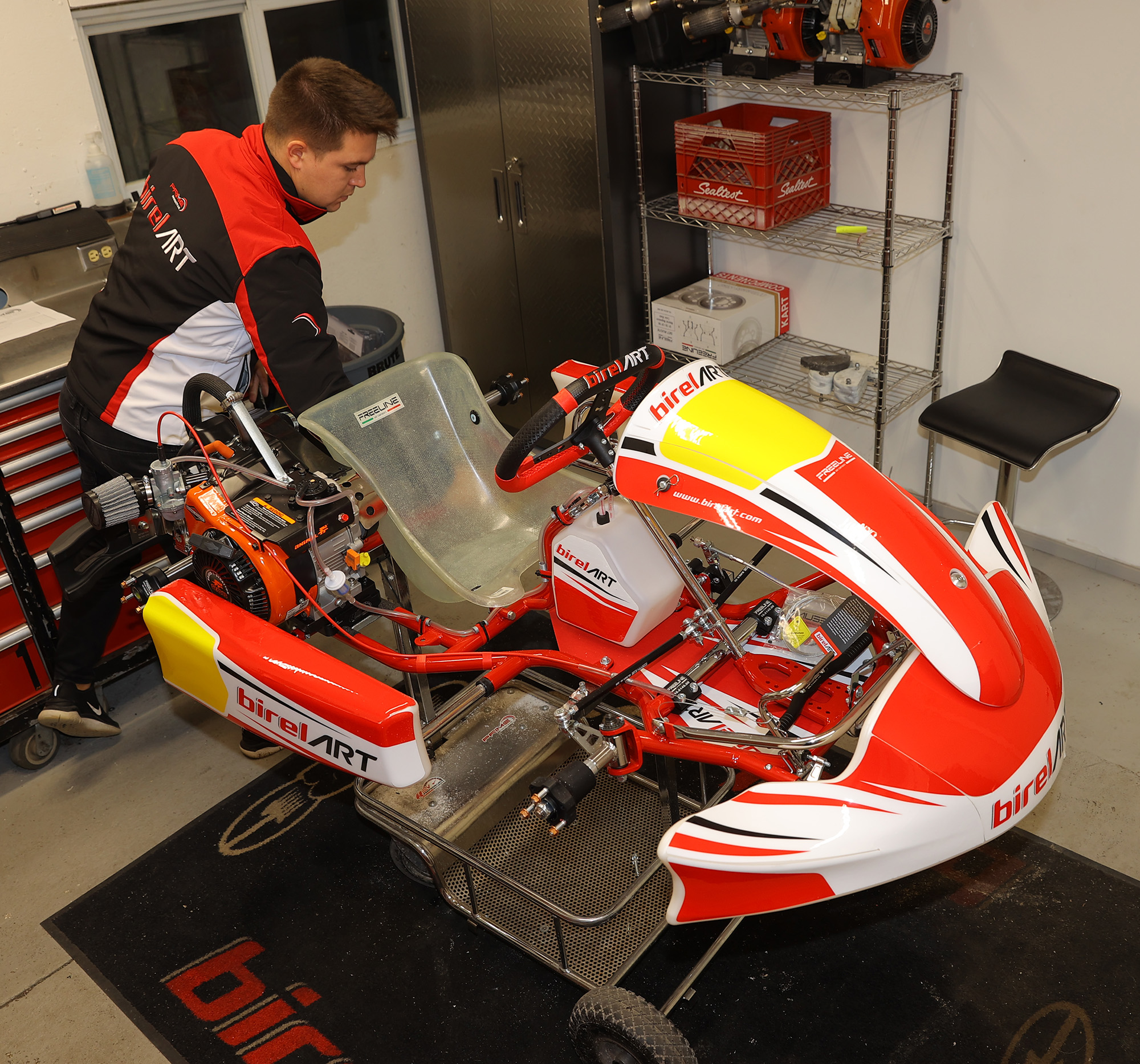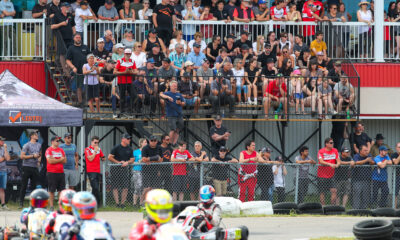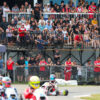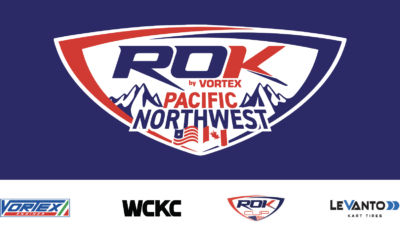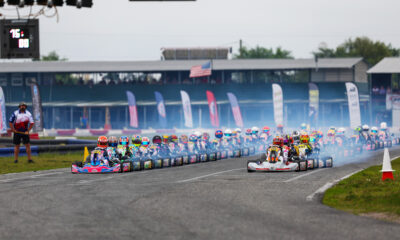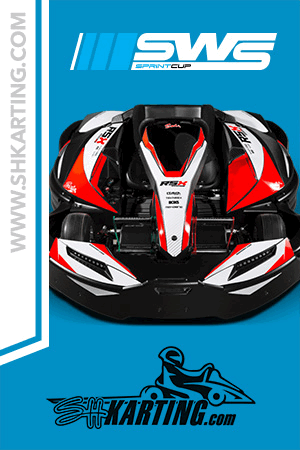17 Tips to Help Prepare Your Kart for Race Season
Alas, the long winter is finally over and our summer race season is upon us. As April moves along and kart tracks, clubs and seasons begin to open, many racers across the country are digging their karts out of storage and preparing them for the intense race season ahead.
We know the excitement of preparing a kart for battle and so we wanted to help everyone ensure they stay on track not only for the first laps of the season but for the entire weekend. So, we met up with Kenneth O’Keefe, co-owner of REV Performance Materials and the Team Manager at Prime Powerteam where he has been the mechanic for multi-time Canadian Karting Champion Patrick Woods-Toth, to go over a kart he was preparing for a Briggs 206 competitor and the items he doesn’t look past before presenting it to a customer.
The majority of these tips are aimed at the Briggs racer, but many still apply to our two-cycle racers as well and we remind you these are just for guidance.
Here are our 17 tips to help prepare your kart for race season.
- First up, a thorough cleaning and frame inspection – Remove the bodywork, seat, axle and bearing cassettes to give easier access to the chassis and when cleaning, precisely look for any cracks on the frame from wear and tear. This is a good practice to do after every race weekend.
- Replace fuel line and fuel filter – Cold lines after the winter are prone to cracking. It is good practice to use a new fuel filter when you change the fuel line.
- Inspect throttle cable and replace housing – Check for cable fraying around the pedal and the housing. It’s a good idea to replace housing once or twice a season. (Pro tip: Replace the housing every time after racing in the rain.)
“On the race team karts, we replace the cable and housing every race, so I would suggest starting the season with a new cable and housing.” - Inspect brake pads and brake lines – Check to see if bleeding is needed by pushing the pedal and looking for movement on the brake pads. If they don’t move right away, there could be air in the brake line. Also, inspect the wear on your brake pads, there’s a good chance they will need to be replaced or shimmed after last season.
- Look for wear on your sprockets – If the anodizing is showing wear, it is a good idea to replace your sprocket. Anodizing creates a harder surface on the sprocket. Once the anodizing is worn through, the chain is making contact with bare aluminum. This creates more friction and drivetrain loss.
- Check your chain – When spinning your axle, look for tight or loose spots in your chain. The chain is another item to replace often as stretching and bending happen easily.
“We make it a routine for Prime drivers to use a new sprocket and chain for qualifying at every national event. The old ones can still be used for practice but at these events we are looking for every millisecond.” - Axle inspection – If your axle does not spin freely and smooth, realign the axle and clean the bearings. If it is still not free, consider replacing the bearings.
- Other bearings to check – Be sure to check all of the bearings on your kart and replace if you feel wear, tightness or if they are overly dirty. Inspect your front spindle bearings, tie rod ends, front hub bearings and steering column support bearings.
- Replace pushback bumper kit and clamps – Start the year fresh with new pushback kit and avoid an early season penalty. (Pro tip: replace these plastic pieces after every pushback activation.)
- Have your engine serviced – Contact your engine builder for an engine service including a carb clean and a valve check.
“It is no secret that the LO206 engines need the head serviced often. We recommend having this done every winter off season and a leak down test every 3-4 races to ensure the head is still sealed. Our race team uses Darryl Timmers at PRO Engine Services.” - Replace the air filter – Admit it, they get dirty. Start the year with fresh air for your engine.
- Have your clutch serviced – The clutch is very important on a Briggs kart. Depending on which clutch you use, you may need to contact your engine builder for their guidance on the best way to service it.
- Do an alignment – Be sure to check the toe, camber and square. Always be checking your alignment, especially after any contact on track.
- Inspect your frame on a chassis table – Contact your local team and have your chassis checked to see if it’s bent. A trip to the chassis table could bring your kart back to life and help it run freely.
- Clean up or replace your sticker kit – Use a razor blade to scrape off the rubber from your bodywork or start the season with a fresh net kit.
- Replace your numbers – Get a fresh set of number stickers and apply them to your bodywork…after scraping last seasons rubber off. Officials, photographers and spectators will appreciate it.
- Check your wheels for leaks – Small air leaks happen. You can check your bead locks and valve stems for leaks by filling your tires with air and dunking them in a bucket of water and looking for air bubbles.
A number of items we have mentioned in this list are available from REV Performance Materials. Check out their website to see what can help keep you and your kart on track this season. http://revperformancematerials.ca.



